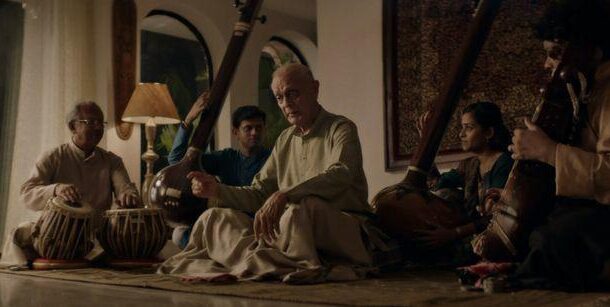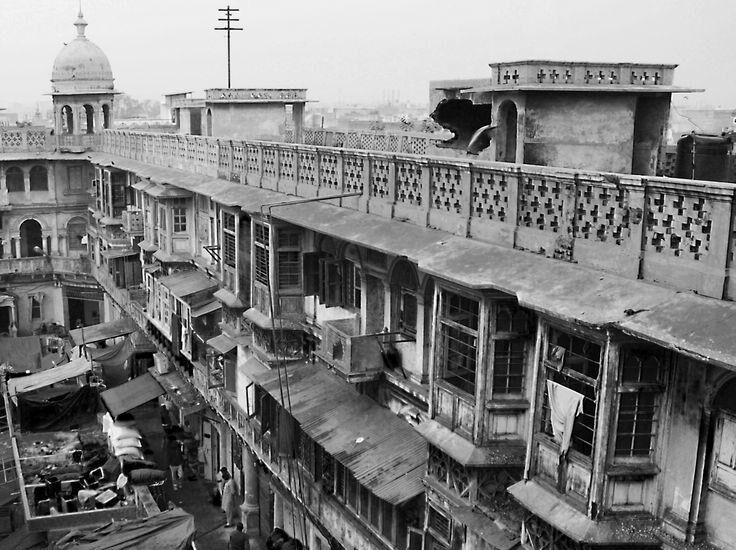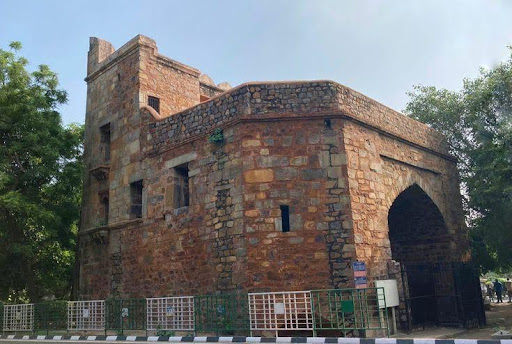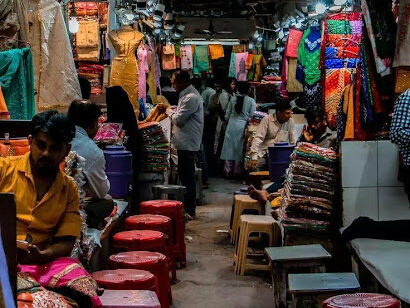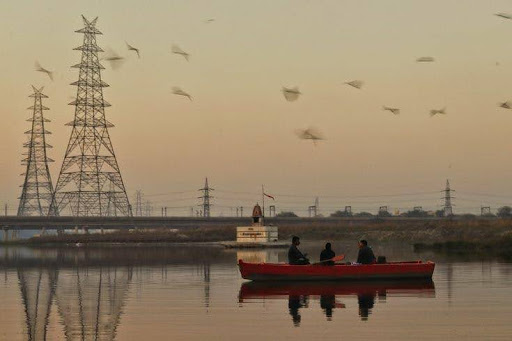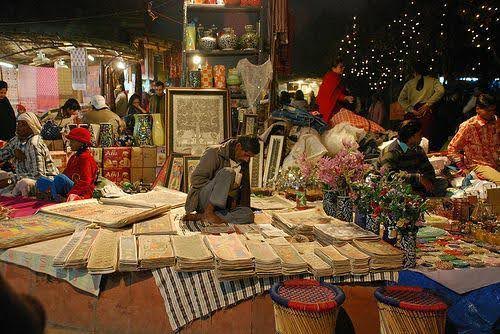#19 Hidden Gems: Delhi’s Lesser-Known Tombs (Old Delhi Series)
Delhi is home to magnificent tombs like Humayun’s Tomb and Safdarjung’s Tomb. But the city also houses many exquisite yet obscure tombs that remain off the tourist trail. Exploring these hidden gems provides a glimpse into Delhi’s history. The Blue Tomb Nestled in South Delhi’s Humayun’s Tomb complex is the striking Sabz Burj, meaning the Blue Tomb. Did you know it was built in the 16th century by Emperor Humayun for his wife? You will be surprised to know, it is called the Blue Tomb thanks to the striking bright blue tiles that adorn its dome and interiors. The structure combines Central Asian and Mughal architecture styles, with lush gardens surrounding it. While overshadowed by Humayun’s grand Tomb, the petite Sabz Burj has its own understated elegance. Don’t miss this hidden treasure. Awe-inspiring Architecture Within the grounds of Safdarjung’s Tomb lies Isa Khan’s Tomb, built in the 16th century. Do you know Isa Khan was a courtier in Sher Shah Suri’s administration? You will be awed by the tomb’s grand architecture – an octagonal main chamber with verandahs and ornate cupolas surrounding it. Intricate jaali screens and beautiful carvings adorn the structure. Not only that, it is one of the earliest examples of Lodi architecture. The sheer size and detail of Isa Khan’s Tomb will leave you spellbound. Tranquil Oasis Nestled in the Hauz Khas Village, the Chiragh Delhi tomb complex holds the dargah of Sufi saint Sheikh Nasiruddin. Do you know it was built between the 14th to 16th centuries? Beautifully carved Jali screens surround the saint’s white marble tomb, and fountains dot the tranquil complex. You will be enchanted by the lush green gardens and old-world charm that make it an offbeat oasis amidst the urban chaos. Don’t miss discovering this hidden retreat. Old Delhi has many little-known tombs and monuments that connect to its long history. These hidden gems give exciting peeks into Delhi’s past eras, even though they blend into the city. For travellers who love exploring, finding these secrets all over Old Delhi makes it a place of endless treasure waiting to be found. Go beyond the famous monuments and explore these exquisite yet lesser-known tombs for delightful discoveries of Delhi’s rich history.



